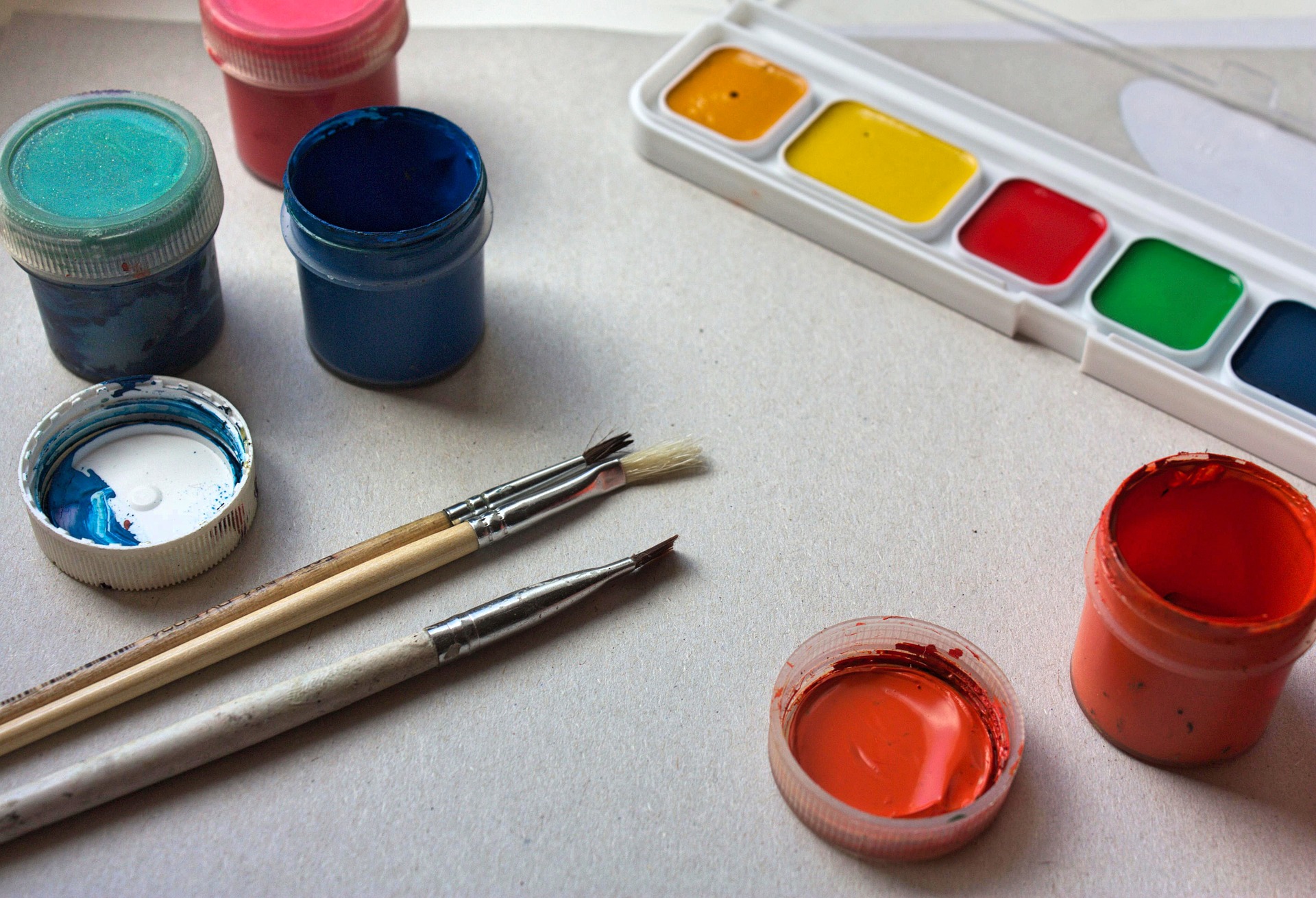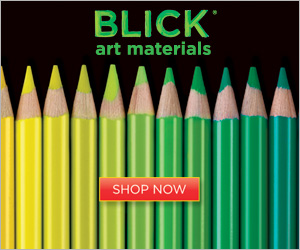To get on with a person, you’ll have to understand their nature. It’s the same thing with paints.
They are very varied.
Unjustly Forgotten Tempera
Tempera (from the Latin word ‘temperare’ – ‘to mix’) is made of dry pigments mixed with a binder – egg-water, egg-oil emulsion etc.
It was widely spread in the late Middle Ages and Early Renaissance until oil binders became common. Notably, Orthodox Christian artists in Greece and Russia used it to paint icons.
Later the medium was rediscovered.
Pros:
- It’s possible to choose any painting surface – canvas, panel, cardboard, or heavy paper.
- Tempera is stable to bright light, temperature changes and humidity. Colors almost don’t deteriorate over time.
- Your work will dry quickly (maybe too quickly). That’s a drawback, in a sense.
Cons:
- Tempera lacks a depth of color since it cannot be applied too thickly and doesn’t allow you to build up layers of paint.
Classic Oil
In galleries, we see masterpieces by Titian, Rembrandt, and Rubens. As a rule, there is a note next to the artwork: “oil on canvas/panel”.
The paint is composed of particles of pigment and linseed oil. It lets an artist make sharp, colorful images – much more realistic than digital photos.
Oil techniques will never become outdated because they are versatile: Titian used them; the prominent figure in the Abstract Expressionist movement, Jackson Pollock, created entirely non-representation paintings with them as well.
Pros:
- You can put thin layers on your canvas, again and again, redoing your chef-d’oeuvre for years. Oil is an excellent material for bold experiments.
- You have a lot of time to blend colors.
- The paints have a thick consistency and don’t flow over a surface.
Cons:
- Oil dries within about 3 to 5 days. Some paints – for example, Cadmium Hues – can take up to 12 days to dry.
- The artist, preferring the paints, should have a separate workroom or live alone. Alas, they smell, and their scent is rather strong. Moreover, removing oil stains from wallpapers and upholstered furniture is difficult.
- Oil paints are the most expensive in the market. And keep in mind the additional cost of purchasing сanvas and solvents, such as turpentine.
Trendy Acrylics
Acrylic paint is ‘plastic’. Its pigments are suspended in polymer emulsion.
The medium was invented a short time ago – in the 1940s. Now many artists – especially representatives of modern experimental art – love it.
Pros:
- It requires very few simple supplies – water, cardboard or plywood. Canvas is also good for paints.
- Colors are saturated and juicy.
- Different techniques are applicable – fluid acrylic or so-called ‘heavy body’, thick brushstrokes.
Сons:
- The paints thicken within minutes; then it’s impossible to dissolve them.
- Though all acrylic paints don’t smell and seem harmless, some contain toxins.
- We don’t know how long works painted with аcrylics can be stored.
Timeless Watercolor
Watercolor is sold in every stationary store and looks similar to school equipment. Take it, an ordinary album of paper, a glass of water from the tap and paint – what could be easier?
It’s not that simple. If you are going to create a piece of art, you’d better acquire professional watercolor paints. They differ significantly from school ones.
Artist-quality watercolor has a broader range of colors thanks to a greater diversity of pigments, but it is less bright.
You’ll take some time to appreсiate the main advantage of watercolor – its breathtaking transparency. Feast your eyes on classic Japanese and Chinese paintings to understand what I mean. Look at works by American artists of our time, Frank Webb or Irving Shapiro.
Pros:
- The layered effect of watercolor paintings is admiring.
- It’s easy to mix colors.
- Even professional paints of this type are significantly cheaper than oil.
Cons:
- Paper is a short-lived material that requires a delicate touch. More durable canvases are not well suited to watercolor.
- Every movement of your brush should be accurate because inapt brushstrokes cannot be corrected.
Good Old Gouache
One more water-soluble paint, gouache, contains chalk and a special binding agent – most often gum arabic. The component makes it opaque.
It’s similar to both acrylic and watercolor.
The paints are primarily popular with designers. Nevertheless, there are a lot of examples of wonderful gouaches in high fine art: The Interior of the Jacobskirche at Innsbruck by Menzel, View from the window by Chagall and others.
Pros:
- Gouache can be layered.
- It has a nice velvety texture.
- The medium is as patient as oil: everything is repainted and corrected without any difficulties.
Cons:
- The opacity of the material deprives images of depth and airiness.
- While drying, the paints are getting dim.
So, the best paints don’t exist; it all depends on the technique that comes easily to you.
Buy gouache or watercolor to start. They are relatively low-cost. Using them, you at least will test the simplest brush strokes.
*If you buy something through the banner I will earn a commission, at no cost to you. More info


